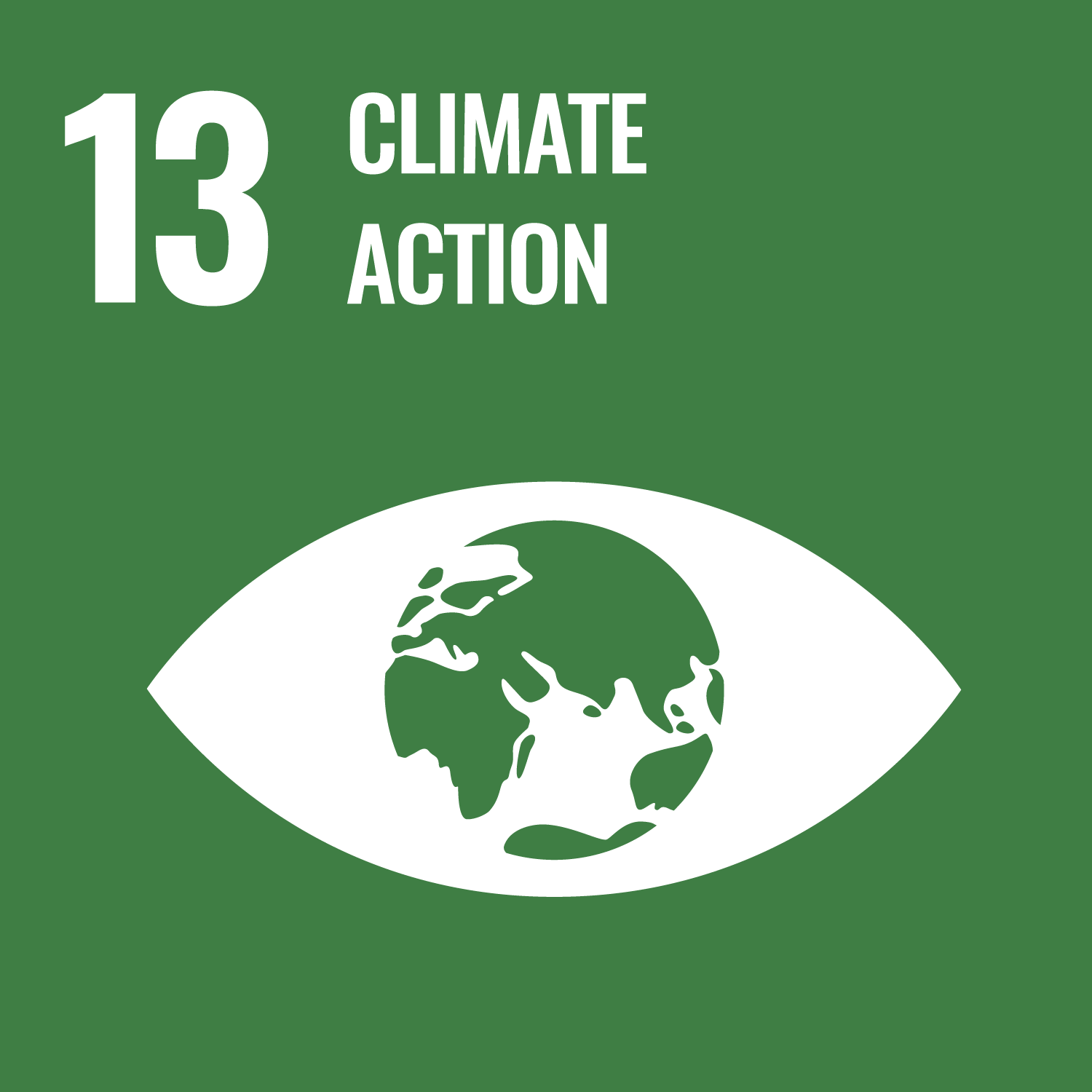ORCID
- Gerd Masselink: 0000-0001-6079-7611
- Nieves G. Valiente: 0000-0003-1716-0767
- Tim Scott: 0000-0002-3357-7485
Abstract
AbstractExtreme storms cause extensive beach-dune erosion and are typically considered to enhance coastal erosion due to sea-level rise. However, extreme storms can also have a positive contribution to the nearshore sediment budget by exchanging sediment between the lower and upper shoreface and/or between adjacent headlands, potentially mitigating some adverse sea-level rise impacts. Here we use three high-resolution morphological datasets of extreme storm-recovery sequences from Australia, the UK and Mexico to quantify the nearshore sediment budget and relate these episodic volume changes to long-term coastal projections. We show that sediment gains over the upper shoreface were large (59–140 m3/m) and sufficient to theoretically offset decades of projected shoreline retreat due to sea-level rise, even for a high-end greenhouse gas emissions scenario (SSP5-8.5). We conclude that increased confidence in shoreline projections relies fundamentally on a robust quantitative understanding of the sediment budget, including any major short-term sediment contribution by extreme storms.
DOI Link
Publication Date
2022-05-12
Publication Title
Communications Earth & Environment
Volume
3
Issue
1
ISSN
2662-4435
Acceptance Date
2022-04-12
Deposit Date
2022-05-18
Embargo Period
2022-05-21
Recommended Citation
Harley, M., Masselink, G., Ruiz, d., Valiente, N., & Scott, T. (2022) 'Single extreme storm sequence can offset decades of shoreline retreat projected to result from sea-level rise', Communications Earth & Environment, 3(1). Available at: 10.1038/s43247-022-00437-2


